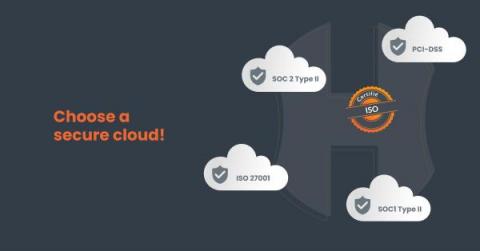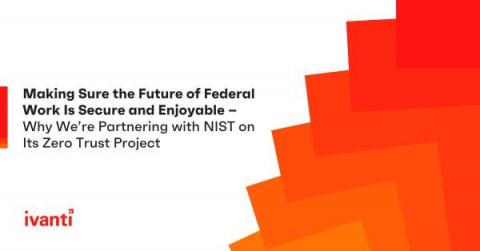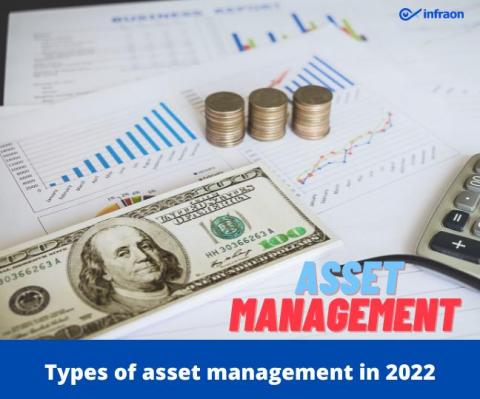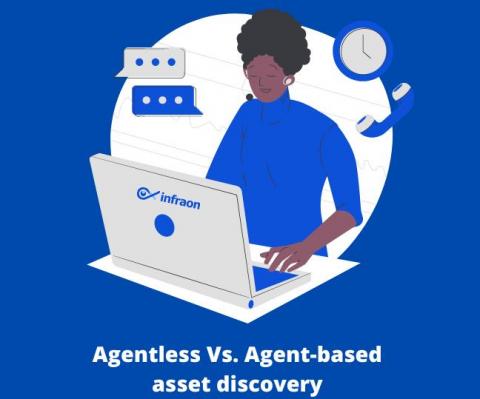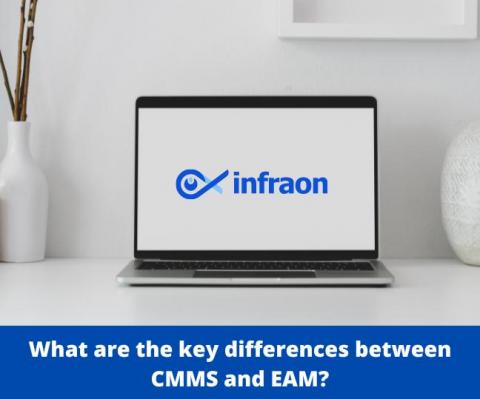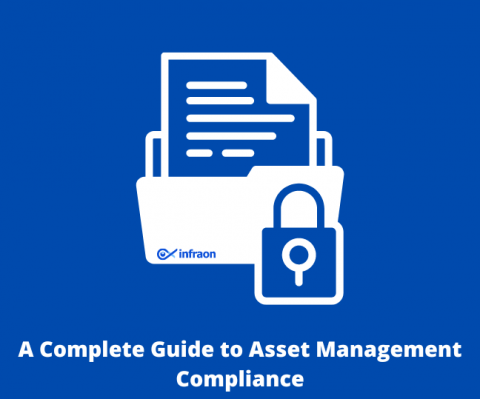What Are the Top Reasons to Use RFID in Manufacturing Industry?
The manufacturing industry is one of the biggest industries in the world as almost all other industries are dependent on the manufacturing industry. It plays a crucial role in countries' growth and each manufacturing unit is equipped with lots of assets and equipment that are valuable to the organization. However, lots of manufacturing units do not keep track of their assets and as a result, their assets are lost, and operation delays occur frequently.




